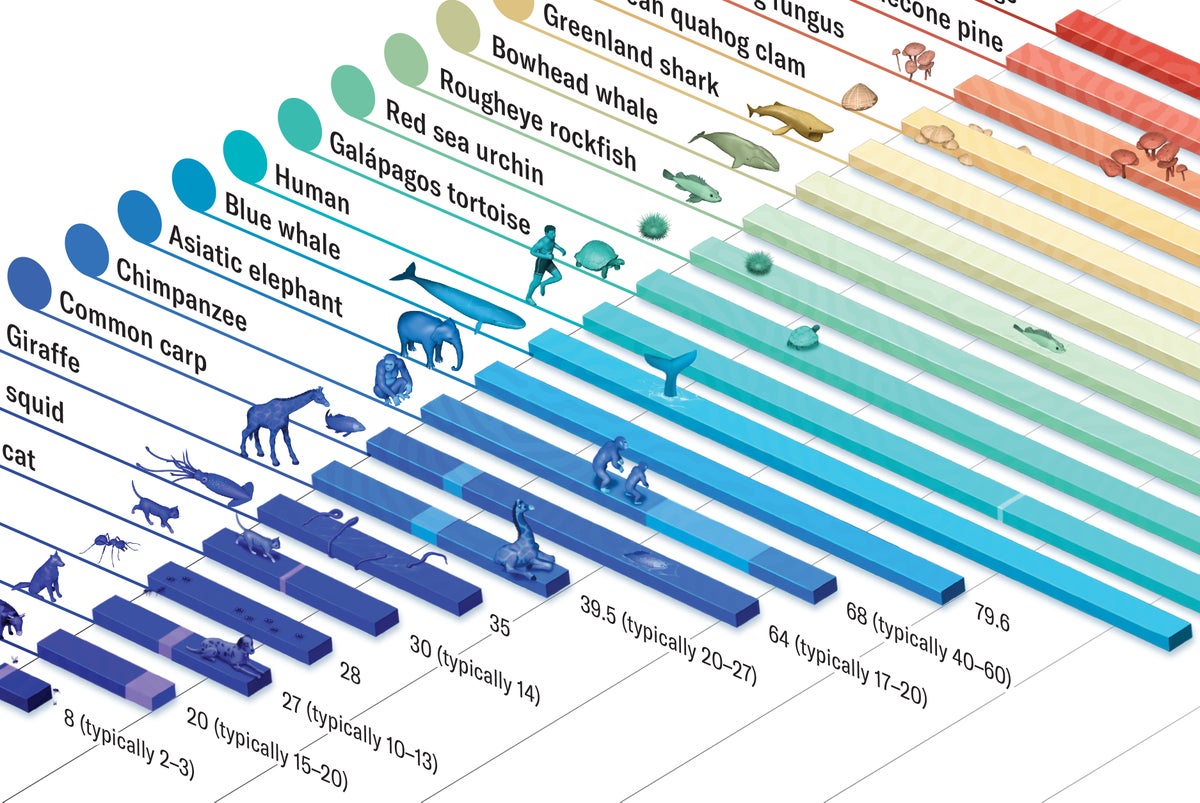
"Some species of turtles, fishes and salamanders donât show any signs of degeneration or senescence as they grow older, hinting at complex aging mechanisms."
"Species that face high predation usually evolve to grow quickly and reach sexual maturity rapidly, influencing their aging processes."
Joao Pedro de Magalhaes, a molecular biologist, studies aging through the AnAge database, revealing that certain species, like turtles and salamanders, show negligible senescence. This raises intriguing questions about the differing aging processes in the animal kingdom. Species that are frequently preyed upon tend to mature quickly while those with fewer threats might evolve to age slowly, such as the Greenland shark, which may take 150 years to reach maturity. The variations in lifespan are linked to DNA repair abilities, crucial for cancer resistance, and highlight ongoing mysteries in the study of aging and longevity.
Read at www.scientificamerican.com
Unable to calculate read time
Collection
[
|
...
]